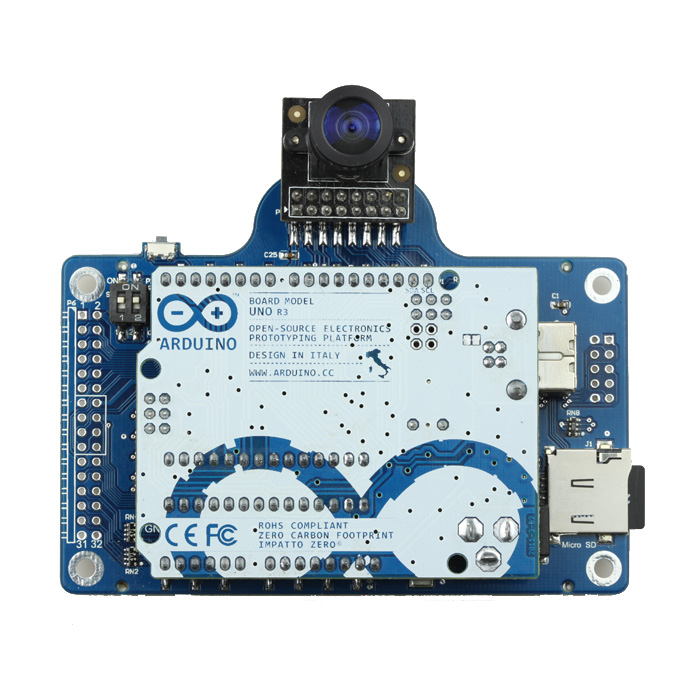

Installing the ESP32 Board in Arduino IDE (Windows, Mac OS X, Linux).So, you need the Arduino IDE installed as well as the ESP32 add-on: We’ll program the ESP32 board using Arduino IDE. Note: as mentioned previously the latest photo captured is stored in the ESP32 SPIFFS, so even if you restart your board, you can always access the last saved photo.



REFRESH PAGE: when you click this button, the web page refreshes and it’s updated with the latest photo.Please wait at least 5 seconds before refreshing the web page to ensure the ESP32-CAM takes and stores the photo CAPTURE PHOTO: when you click this button, the ESP32-CAM takes a new photo and saves it in the ESP32 SPIFFS.ROTATE: depending on your ESP32-CAM orientation, you might need to rotate the photo.When you access the web server, you’ll see three buttons: The following image shows the web server we’ll build in this tutorial. You can use the preceding links or go directly to /tools to find all the parts for your projects at the best price! ESP32-CAM with OV2640 ( read board overview) – read Best ESP32-CAM Dev Boards.To follow this project, you need the following parts: Watch the following video demonstration to see what you’re going to build throughout this tutorial. ESP32-CAM Take Photo and Save to MicroSD Card.ESP32-CAM Video Streaming Web Server (Home Assistant, Node-RED, etc…).ESP32-CAM Video Streaming and Face Recognition with Arduino IDE.ESP32-CAM PIR Motion Detector with Photo Capture (saves to microSD card).In fact you can take this project further, by adding a PIR sensor to take a photo when motion is detected, a physical pushbutton to take a photo, or also include video streaming capabilities in another URL path. If you still can't compile, please issue an issue.We have other ESP32-CAM projects in our blog that you might like. = If you can't compile smoothly, please follow the steps below. In a separate screen display, the wifi hotspot is only turned on, and the connection does not respond.If necessary, turn on the ENABLE_BME280 (on app_main.cpp line 35) The default program does not enable the BME280 function. The Camera Plus version sold by TTGO will not have the BME280 sensor, because the temperature on the board affects the accuracy of the sensor.Only face input and camera parameters can be adjusted. Turn on the FACE_DETECT_IN_SCREEN macro(in main.cpp), face recognition will be displayed in the display, and the microphone will be disabled. Since TTGO Camera Plus does not have physical buttons, face information entry will be entered on the web page. The code just demonstrates that the TTGO Camera Plus board hardware is intact. Since the voice wake-up code cannot be viewed, this problem cannot be solved. I rewrote it to I2C to drive it so that I can mount multiple devices on the I2C bus ,Need to replace sccp.c in the SCCB directory with esp-who/components/esp32-camera/driver/sccb.c (Esp-who is now configured by default as a hardware I2C driver)Īt present, the program is not stable, and the wake-up of the voice conflicts with a certain part of the program.
#Arduino camera screen driver
The SCCB driver in esp-who uses the IO emulation method.
#Arduino camera screen update
I re-updated to the latest framework, commit id : 258751b5b615ffdc2e0f43f8815b6ffbaeb3da03Īs the framework update may not be able to compile smoothly, please go back to the ESP-WHO 258751b5b615ffdc2e0f43f8815b6ffbaeb3da03 repository to compile. With the update of the official framework, some files may be removed. Many people can't compile because I am compiling with the latest ESP-WHO.


 0 kommentar(er)
0 kommentar(er)
